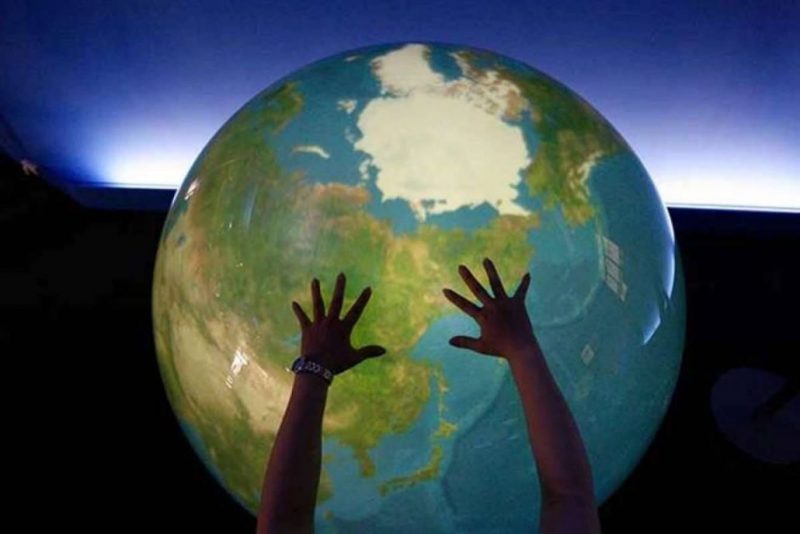
The 29th UN Climate Summit (COP29) in Baku, Azerbaijan, has placed climate finance at the heart of international discussions. Developed nations now face mounting pressure to set a new, collective finance goal. This goal should support developing countries struggling with the impacts of climate change. Discussions focus on the amount needed, who will contribute, and how funds will be allocated.
Revisiting the $100 Billion Target: Is It Enough?
The previous climate finance target of $100 billion annually has been a key focus of COP29. Developed countries set this target, which was meant to last until 2025. However, many experts believe $100 billion is insufficient. The cost of climate-related disasters is already in the trillions. A 2022 report from ActionAid showed that developed countries contributed just $28-35 billion in grants—significantly less than the global expenditure on ice cream ($71 billion). Advocates now push for a larger, more sustainable funding commitment to meet both adaptation and mitigation needs.
Expanding the Donor Base: Who Should Contribute to Climate Finance?
Another crucial point raised at COP29 is who should contribute to climate finance. Currently, only 23 countries, mainly from the Global North, are legally obligated to provide financial support. This group, known as Annex II, was based on the historical responsibility of developed nations as the largest emitters of greenhouse gases. However, emerging economies like China and Gulf states are increasingly being urged to contribute. Experts suggest that nations like China could support a global investment fund without directly contributing to the $100 billion target.
Grant vs. Loan: What Form Should Climate Finance Take?
COP29 also sees debates about whether climate finance should come as grants or loans. Developing nations prefer grants since they don’t increase debt burdens. Many developed nations, however, argue that loans and private investments are crucial to meeting the required funding. Loans, especially those at market rates, could strain nations already struggling with debt. Although loans have made up most of the $100 billion target, there is growing support for grants to play a larger role in adaptation and development efforts.
The Need for Adaptation and Loss & Damage Financing
Much of the climate finance has gone to mitigation efforts, such as clean energy projects. However, developing nations are calling for more funding for adaptation and loss and damage. These funds are needed for resilient infrastructure, such as flood defenses, and to create climate-resistant crops. The issue of “loss and damage” remains contentious, with some countries pushing for sub-targets to ensure these needs are funded. The United States and other nations have raised concerns about the financial burden, making this a challenging negotiation.
Ongoing Negotiations and the Future of Climate Finance
As COP29 continues, nations are negotiating the future of global climate finance. The summit will guide climate finance strategies for decades. The world is watching as countries work to agree on the required funding, their responsibilities, and how to effectively use these funds to combat climate change.











Leave a Reply
You must be logged in to post a comment.